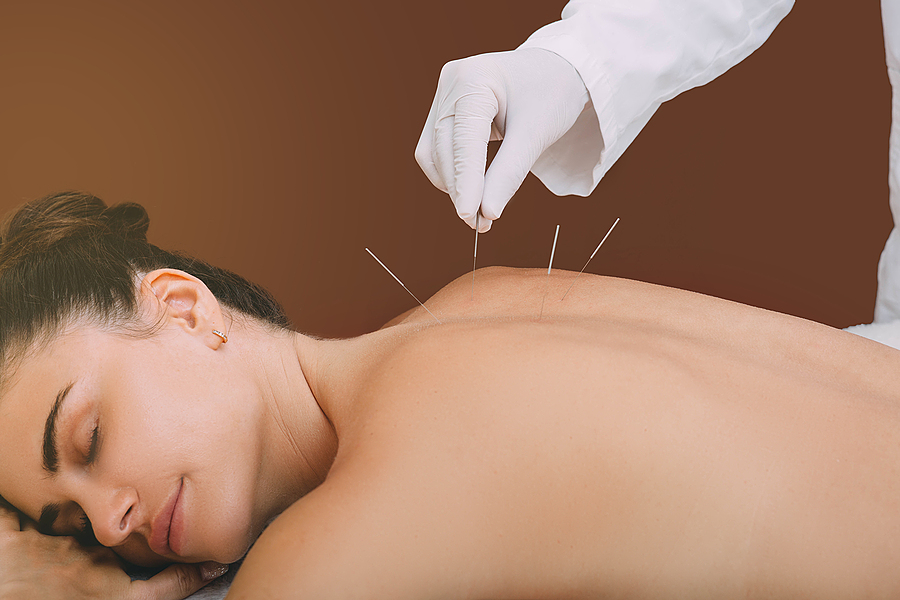
Literally, acupuncture is to puncture by use of a needle. In general terms, it is a sort of complementary medicine. Fine needles are used to pierce the skin at some specific points referred to as ‘lines of energy’ or meridians. Acupuncture is a means of treatment for both physical and mental ailments.
This traditional treatment emerged from ancient Chinese medical procedures. The practice provides body balance. It is a major source of pain relief. Possibly it can cure illnesses such as whooping cough, dysentery, and sciatica, inclusive of headaches plus blood pressure problems. It has given relief for osteoarthritis, dementia, and migraines, inclusive of lower back pain and morning sickness.
There are very few side effects. Only professionals should carry out the treatment so that damaged needles will not cause infection.
8 Major Types Of The Traditional Treatment
Type 1: The traditional Chinese Acupuncture: this method checks both external plus internal body functions via all meridian points. It releases stress from your meridian points. It allows you to take other treatments side-by-side. It focuses on giving relief to one health condition at a time.
Type 2: Japanese Acupuncture: Unlike the Chinese method that bases its healing on one health condition at a time, the Japanese method treats the whole body. Fewer needles are used in this method.
Type 3: The Korean Hand Therapy: this method is used to treat all kinds of pains you may feel in your hands and other parts of your body. About 20 needles are inserted for just about 20-30 minutes. You can combine this with other kinds of acupuncture.
Type 4: Auricular Method: this method uses the ear to connect to the remaining portion of the body. Ancient oriental medicine believes that the ear contains sufficient points that can be used to heal all parts of the body.
Type 5: The Scalp Method: this works just like the Auricular type. The only difference is that needles are inserted into your forehead. This helps the stimulation of brain cells, and it leads to the revitalization of the cells. This treats ailments that affect brain function.
Type 6: Cupping Therapy: as the name implies, cupping therapy uses rubber suction cups. Glass suction cups are used as well. This method helps to stimulate the flow of blood to a specific part of the body. This is done at the same time as needle acupuncture. It serves as a treatment for muscle pain.
Type 7: Electro acupuncture: using medication to treat chronic pain can be difficult; this is because some painkillers can easily lead to addiction. Hence electro-acupuncture becomes a better option for the treatment of chronic pains. The method releases electric current between the two points of the needles by the use of small chips plus specific needles.
Type 8: Moxibustion Acupuncture: This method doesn’t use needles; rather, it uses heat. Moxibustion is used to give patients a relaxing experience to patients. Under this method, mugwort herb is lighted and placed over the pain point. The burning herb warms the meridians. This helps to improve circulation.
Final Thoughts:
Acupuncture is a sort of complementary medicine. Fine needles are used to pierce the skin at some points referred to as ‘lines of energy’ or meridians. It is a means of treatment for both physical and mental ailments.
It is a possible source of treatment for illnesses such as whooping cough, dysentery, and sciatica, inclusive of headache plus blood pressure. It has been a source of healing for so many other ailments.
These traditional treatments emerged from ancient Chinese medical procedures. There are eight major kinds of this form of traditional medicine, as discussed in this write-up.




